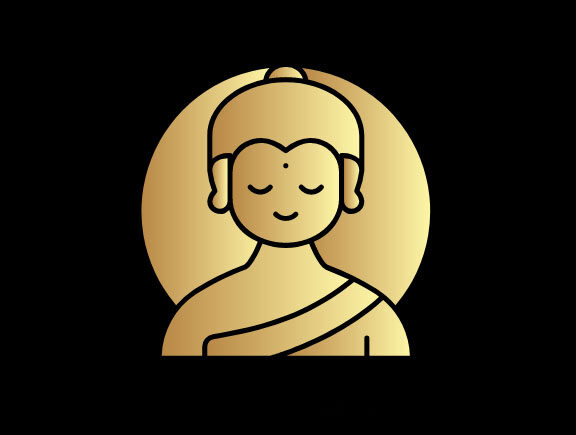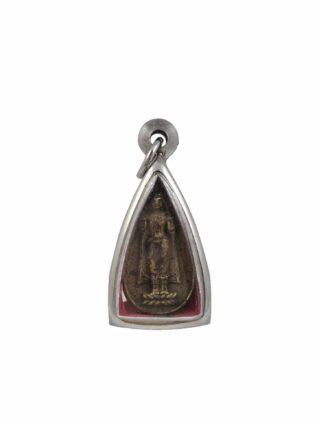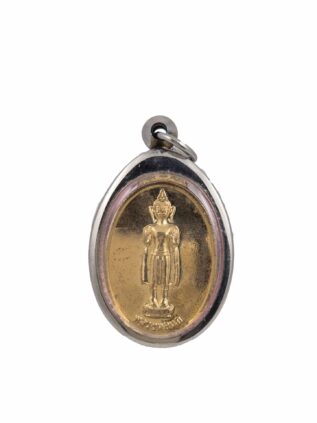Pang Ham Yati
Pang Ham Yati is known as the Monday Buddha image in Thailand. It is known for its ability to “pacify the relatives.” It refers to a specific aspect or representation of the Buddha in Buddhist iconography and practice. Pang Ham Yati’s image typically has its right hand raised, with the palms facing out. It is part of the seven-day Buddha.
The concept of the Pacifying Buddha is rooted in the teachings of Buddhism, which emphasize the attainment of inner peace, serenity, and liberation from suffering. Pang Ham Yati symbolizes the Buddha’s ability to pacify and calm the disturbances of the mind, bringing about a state of harmony, balance, and tranquility. In Buddhist practice, the Pacifying Buddha is revered as a source of refuge, solace, and spiritual support. Devotees may turn to the Pacifying Buddha in times of distress, seeking inner peace, and seeking to calm their turbulent emotions. The practice of meditation and mindfulness is often associated with invoking the qualities of the Pacifying Buddha to cultivate a serene and tranquil state of mind.
The Pacifying Buddha serves as a reminder of the potential for inner transformation and the attainment of inner peace through the practice of Buddhist teachings. By embodying the qualities represented by the Pacifying Buddha, individuals strive to find peace within themselves and extend that sense of calm and harmony to the world around them. It’s important to note that the depiction and interpretation of Pang Ham Yati may vary across different Buddhist traditions and cultural contexts. The specific imagery, symbolism, and practices associated with the Pacifying Buddha can differ, but the underlying theme of inner peace and tranquility remains consistent.
Showing all 2 resultsSorted by latest
Showing all 2 resultsSorted by latest


